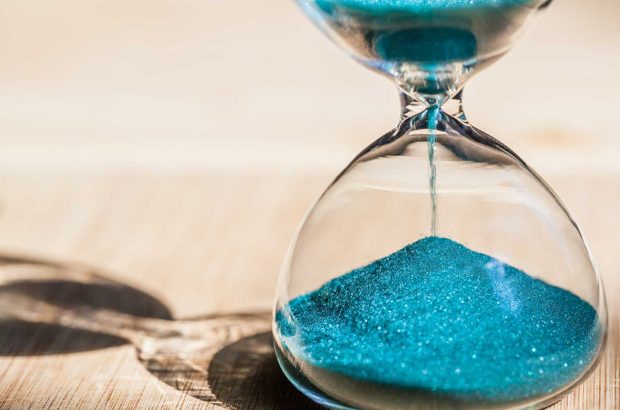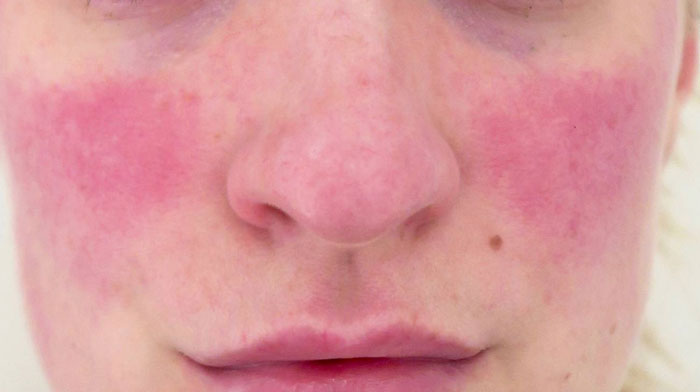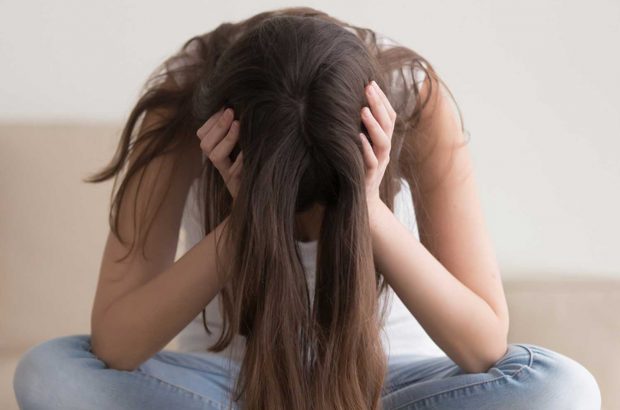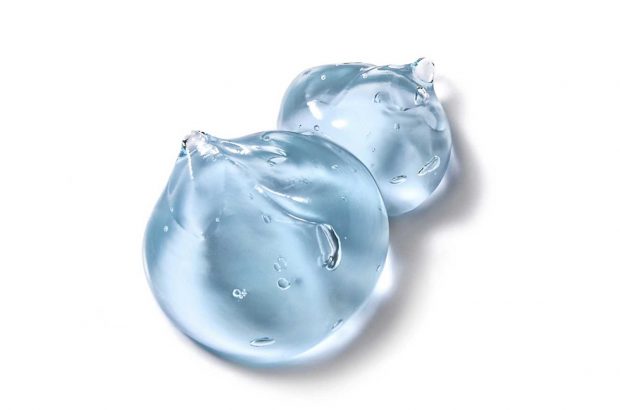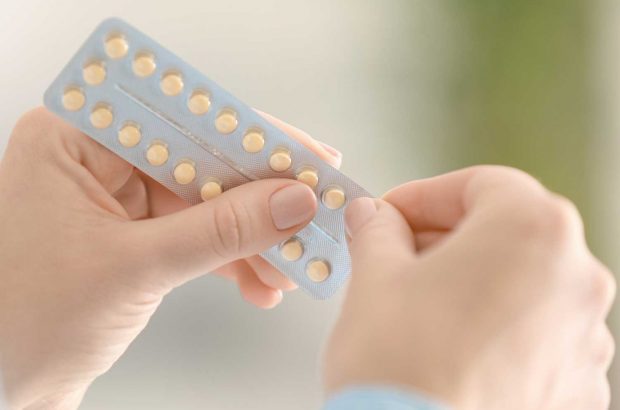Rosacea is a skin condition affecting the face which typically causes one or more of the following symptoms: persistent redness of the cheeks (often sparing the skin around the eyes), abnormally long and sometimes uncomfortable flushing (blushing) of the skin in response to emotional or environmental stimuli, and sometimes red spots and pustules on the face. It used to be thought that rosacea patients progressed over a few years as follows: firstly developing a tendency to flushing, then developing persistent redness, going on to develop spots and finally sometimes developing complications such as dry eyes or a swollen nose (rhinophyma). Rosacea experts now feel this is incorrect. Instead we now recognise four subtypes of rosacea, each with a slightly different behaviour and requiring different treatments.
The cause of rosacea is not fully understood. There is NO connection between excessive alcohol consumption and rosacea- this is a myth that is unfortunately commonly held by the public and expressed in the media, which is upsetting for people who have the condition. Some people with rosacea have overreactive skin blood vessels which respond too easily to changes in temperature, hot drinks etc. and cause flushing attacks.. Rosacea is much commoner in people with fair skin, suggesting that exposure to sunlight is important.
General measures
Some people with rosacea have sensitive skin which stings easily following use of topical applications. Topical treatments which cause problems include soaps, exfoliants, astringents, perfumes, certain types of sunscreen and alcohol or acetone containing products. These products should be avoided if they cause discomfort. When washing the face it is best to use only luke-warm water and a simple moisturizing wash such as Cetaphil rather than a soap. Avoid anything which forms a lather and use fingers to gently wash the face, but avoid scrubbing with a flannel. Some people with rosacea find that sunlight makes things worse, if so using a high factor sunblock e.g. Sunsense Daily Face is helpful. Finding a good moisturizer and using it regularly is important.
Flushing and redness
Flushing can be a very troublesome symptom in rosacea. It is often useful to discuss the possible trigger factors with a dermatologist and perhaps also to keep a diary to identify whether any specific foods, drinks, emotional stresses or environmental factors (e.g. heat, cold, sunlight) trigger flushing attacks and whether these can be avoided. There are no drug treatments yet that have been developed to specifically control flushing, but under expert supervision certain tablet medications that are usually used to treat other conditions (e.g. high blood pressure, depression) can be very helpful in reducing flushes. Applying moisturizer that has been kept in the fridge may be helpful for uncomfortable flushing attacks. The most effective treatments for redness and visible surface blood vessels are light and laser treatments such as intense pulsed light (IPL) or pulsed dye laser (PDL). In 2014 topical Brimonidine (Mirvaso) should become avaialble which is the first effective topical antiflushing cream. Brimonidine can reduce redness within 30 minutes and its effect can last for the rest of the day.
Inflamed spots
The most effective treatment for inflammatory rosacea (producing spots) are medications that can either be applied topically or taken as tablets. Topical treatments include metronidazole (an antibiotic) and new formulations of azelaic acid among others.Your dermatologist or GP may recommend a course of an oral antibiotic treatment such as a tetracycline for a few weeks or months to give the best improvement. Other oral medications are also sometimes very helpful. A new and effective low-dose non-antibiotic tablet treatment for rosacea (Efracea) is available in the UK.
Phymatous rosacea
Early phymatous rosacea (e.g. rhinophyma) can be effectively treated with a course of an oral treatment called isotretinoin (Roaccutane). This is a powerful medication related to vitamin A which is used in the treatment of acne. It works in rhinophyma by shrinking the sebaceous (grease-producing glands) which are numerous in rhinophyma. More advanced rhinophyma can be treated very well using an electrosurgical technique to remove the overgrown tissue.
Ocular rosacea
The symptoms of ocular rosacea can be relieved to some extent by using lubricating eye drops. The most effective treatment for troublesome ocular rosacea are oral antibiotics.
Erythemato-telangectatic rosacea (ETR)
People with erythemato-telangetatic rosacea are mainly affected by facial redness, visible surface blood vessels and flushing. ‘Erythema’ is the medical term dermatologists use for redness, ‘telangectasias’ are visible surface blood vessels. it is the commonest form of rosacea affecting about 80% of people who are diagnosed with rosacea. People with ETR often find that flushing is a major problem. The flushes are longer lasting than normal blushes, often lasting many minutes and affect the face and sometimes the ears, neck and upper chest. They can be triggered by embarrassment, concentration, emotional stress, physical exertion (such as going to the gym), spicy foods, hot drinks, changes of temperature (such as moving to a hot or cold room or going outside). These flushes can sometimes cause a burning or stinging sensation and can even be painful. People with the ETR form of rosacea usually don’t develop significant numbers of spots, but are commonly affected with dry, gritty or uncomfortable eyes. The other major problem is skin sensitivity and scaly dryness: people with ETR rosacea often find that topical mosturizers and sun creams cause stinging discomfort.
Papulo-pustular rosacea (PPR)
People with papulo-pustular rosacea have a form that was often described as ‘classic rosacea’ in older dermatology textbooks. Actually probably about 15-20% of people with rosacea have this type. As well as redness and visible surface blood vessels, people with this form of rosacea develop spots on the cheeks and nose. These include solid red spots, known by dermatologists as ‘papules’ and spots containing white pus, known as ‘pustules’. People with this form of rosacea often flush, but to a lesser extent than patients with the ETR form. Skin sensitivity, stinging and dryness is also usually less marked.
Phymatous rosacea
‘Phymoma’ is the medical term that dermatologists use to describe swelling of the skin. The commonest type is rhinophyma, which is a swelling of the nose, but swelling of the chin, cheeks, eyelids and ears can also rarely occur. It is very important to note that most forms of rosacea do NOT progress to rhinophyma. In particular rhinophyma is incredibly uncommon in females (it is more than 10 times commoner in men). In its early stages rhinophyma causes thickening of the skin of the nose with increasingly prominent pores.In its late stages it may produce a bulbous swelling and craggy appearance of the nose which can be disfiguring. It is often assumed by the general public and media that this appearance results from drinking alcohol excessively. In fact there is no such link at all. Rhinophyma can occur with very few other signs of rosacea.
Ocular Rosacea
Ocular rosacea is rosacea affecting the eyes. Up to 50% of people with rosacea may have involvement of the eyes, a fact which can be overlooked. For some people this is the main symptom. Rosacea typically causes sensations of grittiness, dryness or the feeling that there is something in the eye. It can cause inflammation of the glands on the eyelids, redness of the conjunctiva ( the transparent membrane that covers the eyelids and the front of the eye itself) or rarely redness and complications of the sclera (the white of the eye), iris (the coloured part of the eye) or the cornea (the central window of the eye).
